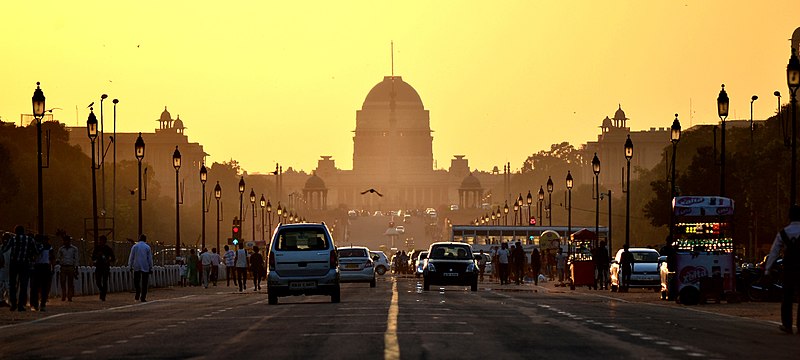At an event held in Delhi on Sunday, Delhi’s power minister Satyendra Jain launched the second phase of the Solar City Initiative along with senior officials from Delhi Government, Energy Efficiency and Renewable Energy Management Centre (EE&REM), The Energy and Resources Institute (TERI), German Society for International Cooperation (GIZ), BSES Radjhani Power Limited (BRPL) CEO Amal Sinha and West Delhi residents.
According to the announcement, the programme is India’s first solar rooftop consumer aggregation scheme for residential consumers. The initiative aims to unlock the solar roof-top potential of multi-party apartment dwellings, that would otherwise struggle to install a solar rooftop.
The business model behind this works on the premise of energy as a service, as opposed to energy as a commodity. Households with a roof-top system under the project take part in competitive bidding processes.
In the case of Dwarka, the tariff came out as Rs. 2.66/kWh net of generation based incentive and is around Rs. 2.50/kWh less than the electricity tariff. The bidding process is governed by SECI and Indraprastha Power Generation Company Limited.
The area of Shakur Basti will also benefit from the project, for which in the first phase 100 households had already signed up. Now, in the second phase, project partners are looking to develop 5 MW rooftop solar PV in the area between 2019 and 2020.
During the first round, BSES says that 6 MW of rooftop capacity had been signed up for. Of this, around 1.5 MW have been energized already, while the remainder is at various stages of completion.
Commenting on the launch of phase-two, BRPL CEO Amal Sinha said, “Solar energy is emerging as an important tool in our quest for sustainable growth. In a bid to realize its full potential, BSES is leading the efforts for its wide-spread and accelerated adoption in the national capital. Our Solar City initiative is promising to be a game-changer. Besides promoting the adoption of solar, the initiative is a win-win proposition for both the consumers and the distribution company alike. The huge response to phase one and the launch of phase two of the initiative are a testament to this.”
Reportedly, BRPL can meet its renewable purchase obligation (RPO) and can help minimize overloading issues in congested areas during the peak summer months. The company reports that it is installing residential rooftop systems at a considerable pace, with over 1000 systems and 45 MW installed already.
This content is protected by copyright and may not be reused. If you want to cooperate with us and would like to reuse some of our content, please contact: editors@pv-magazine.com.









1 comment
By submitting this form you agree to pv magazine using your data for the purposes of publishing your comment.
Your personal data will only be disclosed or otherwise transmitted to third parties for the purposes of spam filtering or if this is necessary for technical maintenance of the website. Any other transfer to third parties will not take place unless this is justified on the basis of applicable data protection regulations or if pv magazine is legally obliged to do so.
You may revoke this consent at any time with effect for the future, in which case your personal data will be deleted immediately. Otherwise, your data will be deleted if pv magazine has processed your request or the purpose of data storage is fulfilled.
Further information on data privacy can be found in our Data Protection Policy.